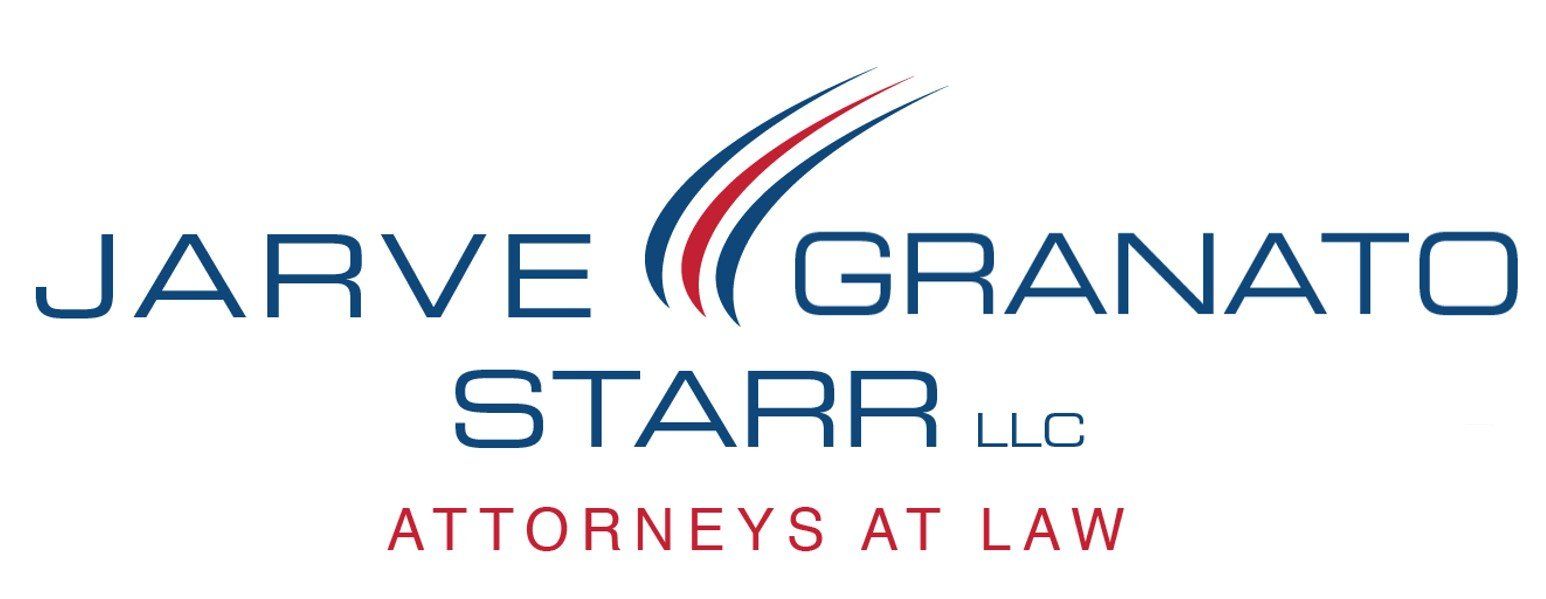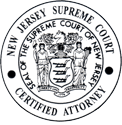Premises Accidents
There is no good outcome when a head injury occurs. Recognizing the severity and long-term implications of the injury,
Jarve Granato Starr
obtained a
$2.7 million
recovery for our client.
Slips, trips, falls and other premise-related accidents are quite common but can be difficult to prove. To win these cases, the injured must prove either that the property owner created the dangerous condition that led to the accident, or that the property owner knew or should have known of the dangerous condition or failed to warn of the hazard or remedy the condition. The challenge is proving when a hazard first appeared. Photographs of the scene taken soon after the accident are invaluable. Regardless, photographs should be taken as soon as possible to preserve any potential evidence. JGS attorneys have considerable experience in these negligence cases and provide solid advice to you.
In many cases, getting photographs of the hazardous condition can be problematic. Ice melts, puddles dry leaving no evidence they were ever there. You should observe the accident area carefully and include details in your accident report. Remember, by law it is your burden to prove that the defendant knew or should have known the conditions were dangerous.
- Defective Conditions. These refer to hazards caused by negligent maintenance or design. Cracked/heaved sidewalks, parking lot potholes, uneven surfaces, torn carpet, broken tiles, leaking pipes can all create dangerous conditions for customers and visitors to a building or property. Code and statute violations can be proof of negligence, including poor lighting and lack of appropriate handrails.
- Weather-Related Conditions. Commercial property owners are generally expected to take reasonable steps to make their property safe for visitors. These include clearing snow, salting or sanding walkways, installing carpet or other anti-slip devices and placing warning signs. All of this should be done in a reasonable and workmanlike manner.
- Comparative Negligence. In most fall down cases, the defendant will generally argue that you were partially, if not entirely, at fault. If this is determined to be true, your recovery will be reduced by the percentage of fault attributed to you.
If you have suffered a serious personal injury or have lost a loved one due to personal injury, please contact our firm to discuss your potential case.
Free Case Review
Enter your information and we will contact you within 24 hours to discuss your potential case. There is no fee and no obligation.
Thank you for contacting us.
We will get back to you as soon as possible.
Oops, there was an error sending your message.
Please try again later.
OUR NEW JERSEY AND PHILADELPHIA, PENNSYLVANIA OFFICES:
Jarve Granato Starr, LLC
Marlton Personal Injury Lawyer
10 Lake Center Executive Park, 401 Route 73 North, Suite 204
Marlton, NJ 08053
Phone: 856-235-9500
Jarve Granato Starr, LLC
Haddon Heights Personal Injury Lawyer
110 White Horse Pike
Haddon Heights, NJ 08035
Phone: 856-235-9500
Jarve Granato Starr, LLC
Bridgeton Personal Injury Lawyer
120 West Broad Street
Bridgeton, NJ 08302
Phone: 856-451-4550
Jarve Granato Starr, LLC
Woodstown Personal Injury Lawyer
13 West Avenue
Woodstown, NJ 08098
Phone: 856-329-6500
Jarve Granato Starr, LLC
Philadelphia Personal Injury Lawyer
1600 Market Street, Suite 1650
Philadelphia, PA 19103
Phone: 215-751-1700
Jarve Granato Starr, LLC
Williamstown Personal Injury Lawyer
34 South Main Street
Williamstown, NJ 08094
Phone: 856-818-5100
Our firm has multiple attorneys that are Certified by the New Jersey Supreme Court as Civil Trial Lawyers as well as a member of our firm that is certified by the National Board of Trial Advocacy (NBTA).
These are a few of the many reasons we believe our strong Experience Delivers Results!
Please click on the below icons to learn more about the certification process for these accreditations as well as our attorney profiles.
*No aspect of this communication has been approved by the Supreme Court of New Jersey. Click any of the badges above to read about the selection process for each respective recognition.






